43 what are latent fingerprints
Forensic Science - Latent Prints - Minnesota Latent Prints. A latent print is an impression of the friction skin of the fingers or palms of the hands that has been transferred to another surface. The permanent and unique arrangement of the features of this skin allows for the identification of an individual to a latent print. The Latent Print Section employs a variety of techniques to ... Fingerprint - Wikipedia A fingerprint is an impression left by the friction ridges of a human finger. The recovery of partial fingerprints from a crime scene is an important method of forensic science. Moisture and grease on a finger result in fingerprints on surfaces such as glass or metal.
The History and Legacy of the Latent Fingerprint Black Box Study In latent prints, the pattern being examined is formed by the fine lines that curve, circle, and arch on our fingertips, palms, and footpads. These lines are composed of grooves and friction ridges, which provide the traction that enables us to pick up a paperclip or quickly turn the page of a newspaper.
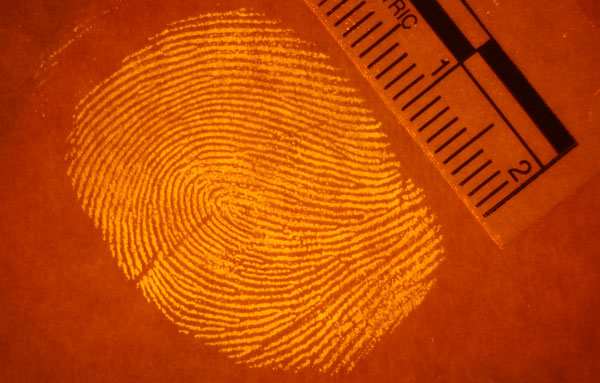
What are latent fingerprints
Bio Chemistry Of Latent Finger Print | T4Tutorials.com The organic compounds in latent fingerprints include amino acids, fatty acids, and various other compounds that are present in sweat, such as urea and lactic acid. Use of organic compound in finger print: These organic compounds provide the necessary nutrients for bacteria to thrive, which can lead to the degradation of the fingerprint over time. Latent Prints — LE The SBAU Latent Print Squad performs advanced exploitation of improvised explosive devices (IEDs) resulting in latent print information that yields timely and actionable biometric intelligence,... PDF Latent Prints Overview - Georgia Bureau of Investigation Division of ... Latent Print Overview - 2011 Latent Prints Overview Latent prints are impressions produced by the ridged skin, known as friction ridges, on human fingers, palms, and soles of the feet. Examiners analyze and compare latent prints to known prints of individuals in an effort to make identifications or exclusions. The uniqueness, permanence,
What are latent fingerprints. Secure latent fingerprint storage and self-recovered reconstruction ... A typical latent fingerprint comes in low quality. Hence, a slight modification in the latent fingerprint may induce a marked shift in the recognition performance. Due to this, wrongdoers behind the crime scenes may try to remove or alter the latent fingerprint information by accessing the fingerprint database. An investigation of latent fingerprinting techniques Latent fingerprints are the unintentional impressions that are left at crime scenes, which are considered to be highly significant in forensic analysis and authenticity verification. It is an extremely crucial tool used by law enforcement and forensic agencies for the conviction of criminals. Fingerprints and pattern evidence | NIST Fingerprint analysis generally involves comparing fingerprints found at a crime scene — called latent fingerprints — with fingerprints from a known individual and assessing how similar they are. A trained fingerprint examiner makes that assessment by comparing details including the shapes that the ridge lines form and where the lines end or split. Techniques for Collecting and Analyzing Fingerprints Latent prints occur when someone touches any porous or nonporous surface. The natural oils and residue on fingers leave a deposit on surfaces which mirror the ridges and furrows that are present on the individual's finger. Investigators often follow a two-phase process when searching for fingerprints. The first phase involves looking for ...
Next Generation Identification - Palm Print and Latent Fingerprint ... Latent palm prints are palm prints collected from locations or items associated with criminal or national security investigations. Specifically, a list of potential candidates is developed... Latent Fingerprint | Encyclopedia.com Latent Fingerprint Chance impressions, or what is more commonly known as latent fingerprints, are the oftentimes invisible patterns made by fingerprints that are usually left at crime investigations or on objects recovered from crime scenes, and forensically analyzed by latent fingerprint experts with the application of chemical or physical ... What are the different ways to find latent prints? - Studybuff Latent fingerprints are made of the sweat and oil on the skin's surface. This type of fingerprint is invisible to the naked eye and requires additional processing in order to be seen. … Plastic fingerprints are three-dimensional impressions and can be made by pressing your fingers in fresh paint, wax, soap, or tar. Fingerprint Analysis: How It's Done - Forensic Science Simplified Latent prints are formed when the body's natural oils and sweat on the skin are deposited onto another surface. Latent prints can be found on a variety of surfaces; however, they are not readily visible and detection often requires the use of fingerprint powders, chemical reagents or alternate light sources.
3 Types of Fingerprints- Latent, Patent, and Plastic - American Identity Latent fingerprints are made of the sweat and oil on the skin's surface. This type of fingerprint is invisible to the naked eye and requires additional processing in order to be seen. This processing can include basic powder techniques or the use of chemicals. Patent fingerprints, on the other hand, can be made by blood, grease, ink, or dirt. ... Accuracy and reliability of forensic latent fingerprint decisions Latent prints ("latents") are friction ridge impressions (fingerprints, palmprints, or footprints) left unintentionally on items such as those found at crime scenes (SI Appendix, Glossary). Latent Fingerprints Development Techniques - SIFS Latent fingerprint development is one of the many ways that forensic investigators might implement to convict a criminal. It is an age-old technique to find the suspect's involvement in the crime. To be successful in this field, you must be well-versed in using different latent fingerprints development techniques and other analysis methods. Fingerprints - Crime Museum Latent fingerprints are made of the sweat and oil on the skin's surface. This type of fingerprint is invisible to the naked eye and requires additional processing in order to be seen. This processing can include basic powder techniques or the use of chemicals. Patent fingerprints can be made by blood, grease, ink, or dirt.
Latent Prints - Explore Forensics Latent Prints. These prints are created because the fingers have tiny outlets for the expulsion of sweat and these outlets pick up salts, oils and tiny particles of dirt along the way. You may think that your hands and fingers are clean but at any given time your fingers are picking up these tiny molecules in everyday life; a common means of ...
Introduction to the Science of Fingerprints Class (Jan 23-27, 2023) IAI Latent Print Certification Credit: 36 hours This course is taught using numerous methods of instruction combining lectures with hands on assignments, reinforcing quizzes, and practical exercises. This course is not a latent print comparison class, and uses inked fingerprints.
Review Article - Latent Prints: A Perspective on the State of the ... The latent print (left) is of lesser quality and does not support the comparison of level-three detail. Figure 4: The enlarged latent print on the left lacks the quality of the known print on the right. This lack of quality is evident in the loss of the level-three detail discernible in the known print.
Forensic Comparison and Matching of Fingerprints: Using Quantitative ... Latent fingerprint examination is a complex task that, despite advances in image processing, still fundamentally depends on the visual judgments of highly trained human examiners. Fingerprints collected from crime scenes typically contain less information than fingerprints collected under controlled conditions. Specifically, they are often ...
What are Latent Fingerprints? (with pictures) - All the Science Latent fingerprints are usually left behind by accident, because a careless criminal did not realize that his or her hands might leave a mark. Sometimes, fingerprints are made from substances other than sweat, such as blood, other body fluids, or paint. In this case, they are called patent fingerprints.
Fingerprints: An Overview | National Institute of Justice Mar 27, 2013 · Latent fingerprints used in criminal investigations are often crucial pieces of evidence that can link a suspect to a crime. Latent prints are typically collected from a crime scene by specialists trained in forensic science techniques to reveal or extract fingerprints from surfaces and objects using chemical or physical methods. The ...
30-Year-Old Murder Solved — FBI - Federal Bureau of Investigation Latent prints are impressions—usually invisible to the naked eye—often left at crime scenes that are produced by the ridged skin on human fingers, palms, or soles of the feet. The FBI's IAFIS...
Latent fingerprinting | criminology | Britannica Latent fingerprints are traces of sweat, oil, or other natural secretions on the skin, and they are not ordinarily visible. Latent fingerprints can be made visible by dusting techniques when the surface is hard and by chemical techniques when the surface is porous. Read More
Revealing chemical evidence from fingerprints through matrix-assisted ... The data revealed that CFP is comparable or better than the currently utilized MALDI matrices for latent fingerprint analysis. MALDI-MSI was performed on fingerprints dusted with CFP and lifted with forensic lifting tape, demonstrating that more realistic samples can also be analyzed using MALDI-MSI. (Most importantly, it was shown that MALDI ...
What Are Latent Fingerprints? – Phoenixite A latent fingerprint is an impression that a person’s fingers leave on a surface when the person touches it with clean hands. When the fingers are wet or dirty, the fingerprint is a patent fingerprint. Latent fingerprints are the more difficult of the two to detect.
PDF Latent Prints Overview - Georgia Bureau of Investigation Division of ... Latent Print Overview - 2011 Latent Prints Overview Latent prints are impressions produced by the ridged skin, known as friction ridges, on human fingers, palms, and soles of the feet. Examiners analyze and compare latent prints to known prints of individuals in an effort to make identifications or exclusions. The uniqueness, permanence,
Latent Prints — LE The SBAU Latent Print Squad performs advanced exploitation of improvised explosive devices (IEDs) resulting in latent print information that yields timely and actionable biometric intelligence,...
Bio Chemistry Of Latent Finger Print | T4Tutorials.com The organic compounds in latent fingerprints include amino acids, fatty acids, and various other compounds that are present in sweat, such as urea and lactic acid. Use of organic compound in finger print: These organic compounds provide the necessary nutrients for bacteria to thrive, which can lead to the degradation of the fingerprint over time.


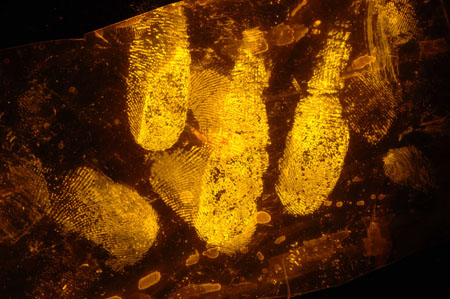
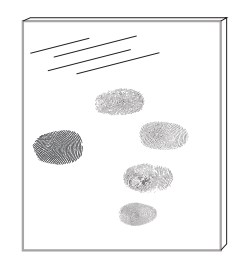

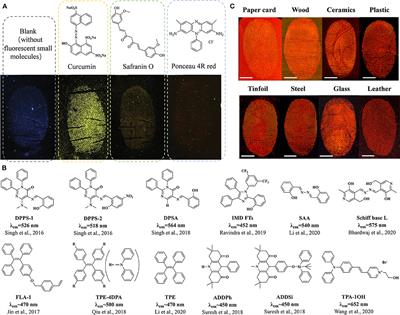
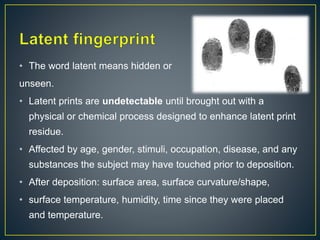
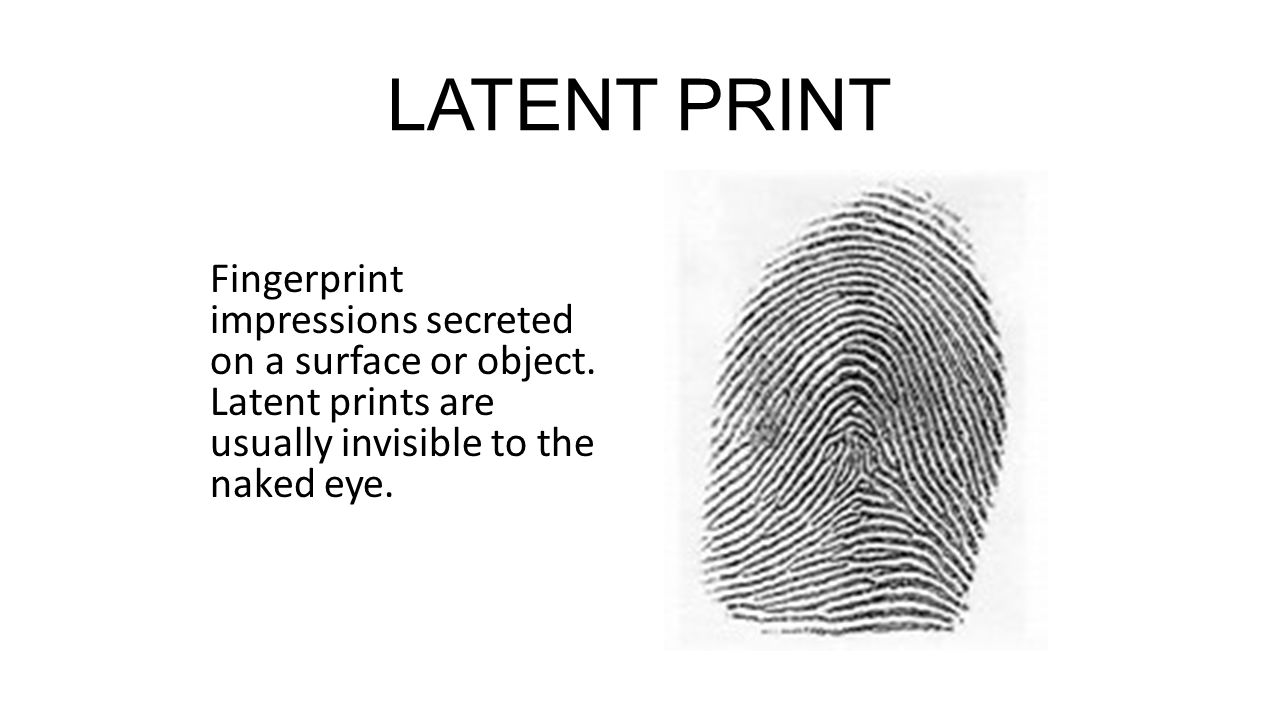




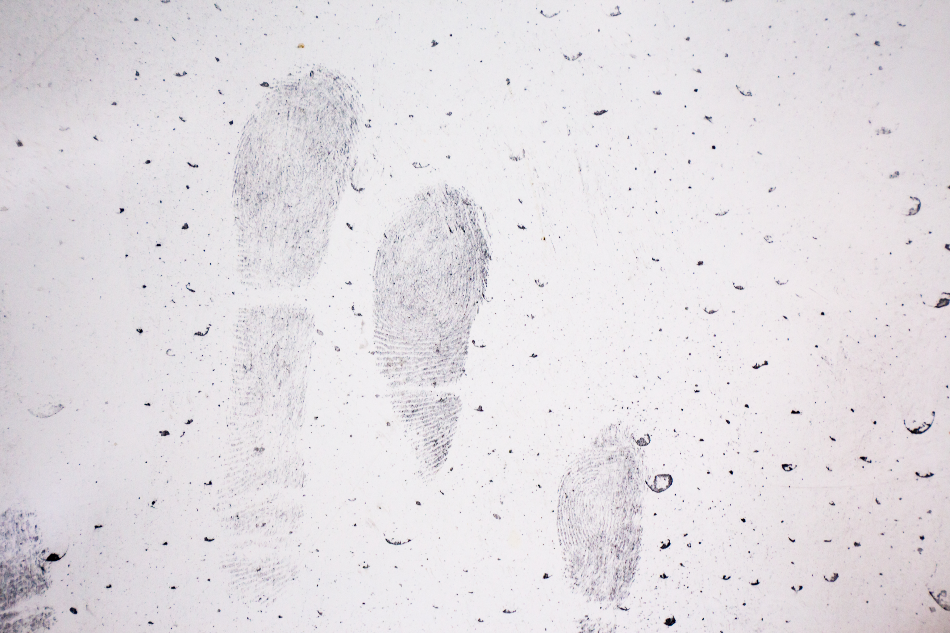



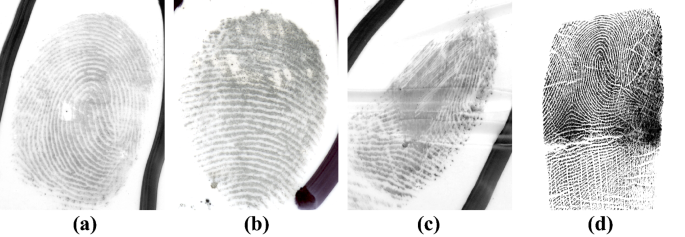
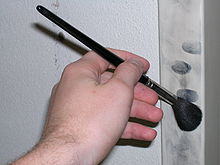

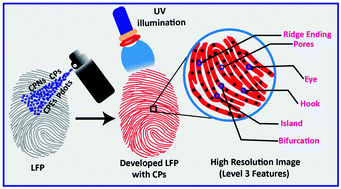
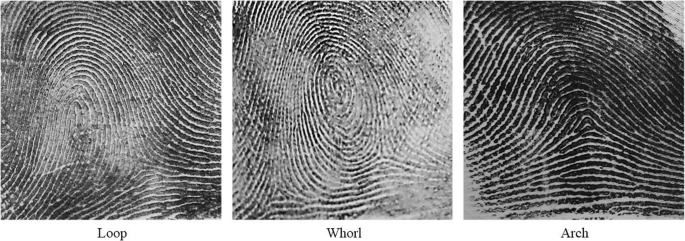




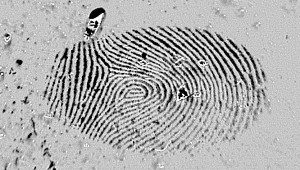












0 Response to "43 what are latent fingerprints"
Post a Comment